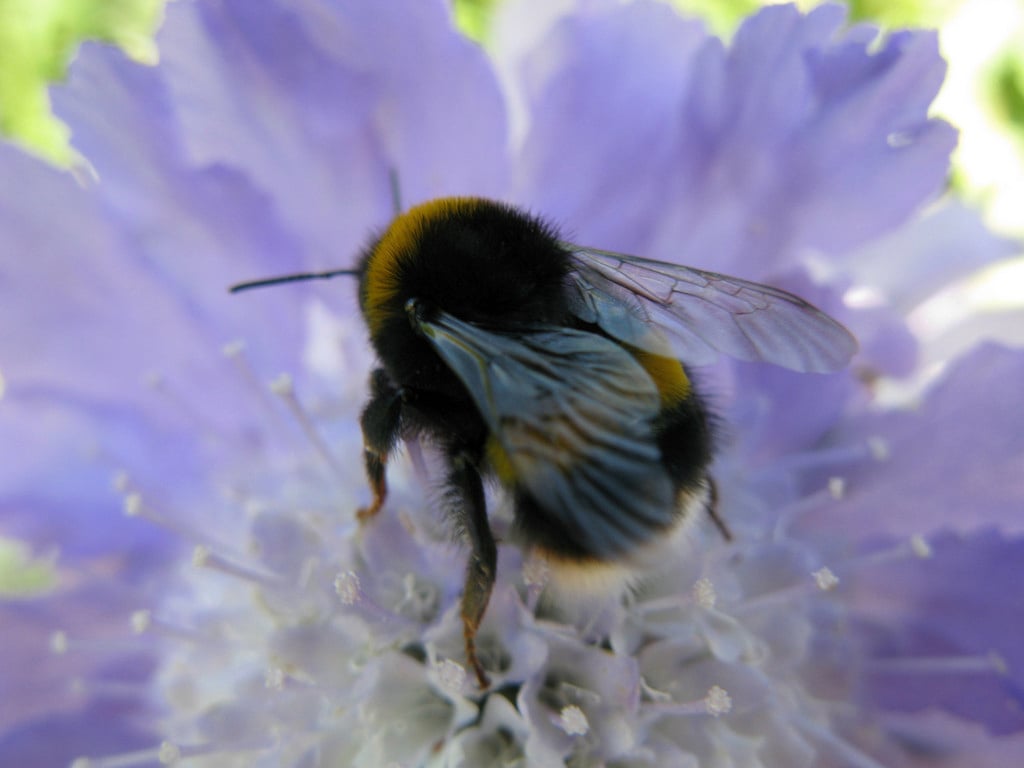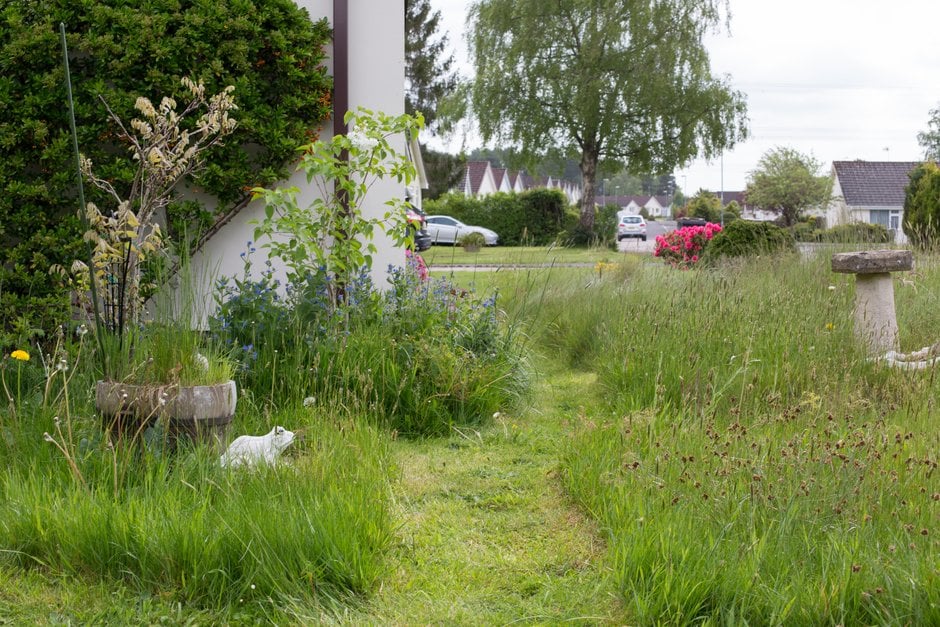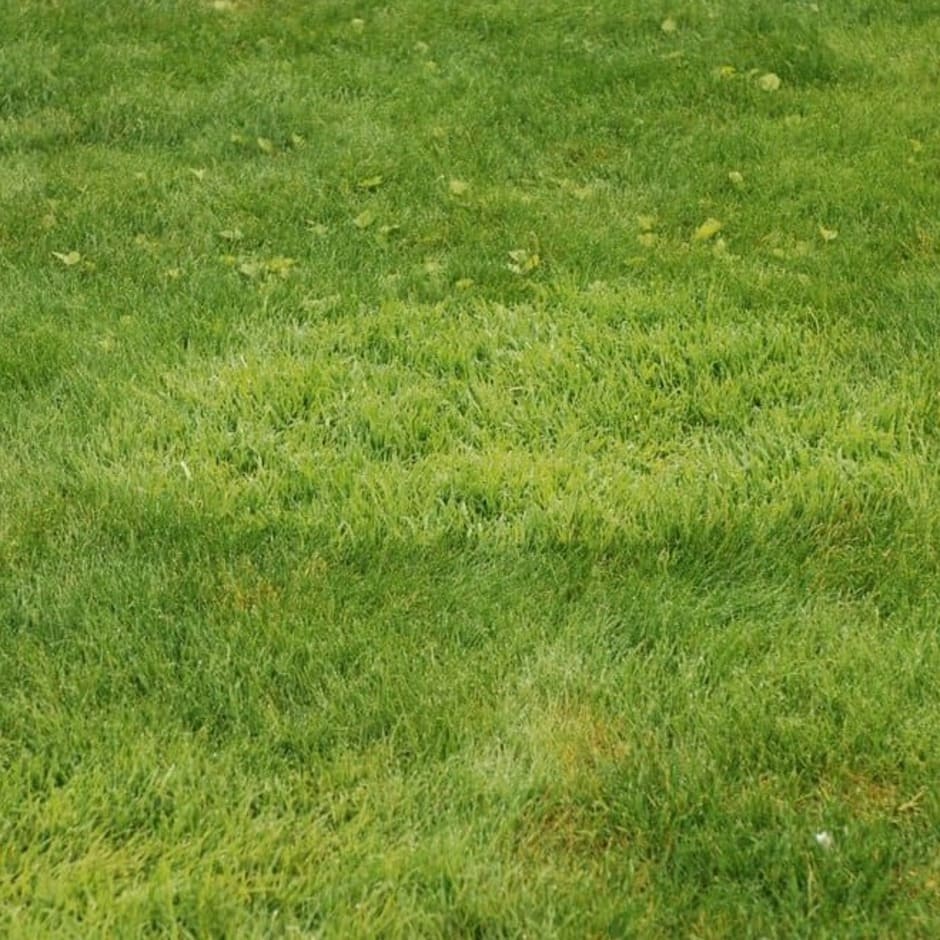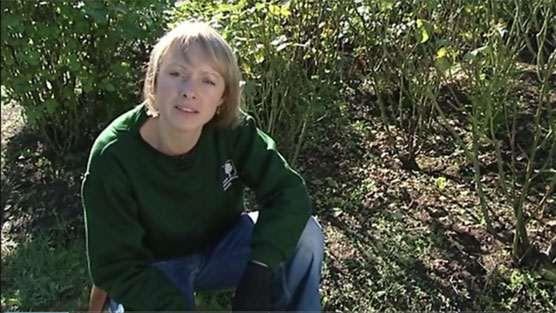Controlling weeds in lawns
One gardener’s weedy lawn is another’s wildflower meadow. The more plants growing in your lawn, the more biodiverse it will be. If you really want to remove the plants you consider weeds, try hand weeding first and, as a last resort, selective lawn weedkillers are available.
Quick facts
- ‘Weeds’ are invasive plants growing where you don’t want them to
- They can also be considered wildflowers and are often beneficial to wildlife
- Digging out or raking out nuisance plants in your lawn is the best first step
- Regular lawn care will help to keep grass growing strongly, deterring unwanted plants
- If you decide to use lawn weedkiller, apply in spring or summer
Jump to
Are lawn ‘weeds’ a problem?
Although the term ‘weed’ is subjective, it is usually applied to invasive or unwanted plants that compete with the grass – clover, buttercups and coarse-leaved grasses are just some examples. Many of these can survive regular mowing, spreading by seed or creeping stems, and they can easily get a foot-hold where the grass is patchy or growing poorly.
Often these plants aren’t a problem in small numbers, but if fast-spreading species start to take over your lawn, you may wish to reduce their numbers.
On the other hand, many of these so-called ‘weeds’ produce pretty flowers that attract pollinating insects. So rather than aiming for a traditional, manicured, all-grass lawn, you could allow some or all of them to grow, creating a colourful, flower-rich lawn.
If you’d like to make your lawn and garden more wildlife friendly, check out the following guides:

Bees in your garden

Lawn and mini-meadow habitats
Wildlife in gardens
Also bear in mind that it takes time and repeated effort to get rid of these plants from a lawn, so you need to decide if it’s worth it, or whether you can live with them and appreciate their benefits.
If you choose to get rid of some or all of these plants, then spotting them early and removing them before they spread can prevent them becoming a major problem. Keeping your grass healthy and growing strongly will also help to stop unwanted plants getting established.
So regular lawn maintenance is crucial – see our guides to spring and summer lawn care and autumn lawn care for full details. You can also find monthly lawn-care advice in our advice section, by clicking ‘this month’.
But if lawn weeds are a major problem for you, especially if certain fast-spreading species are taking over, then there are various steps you can take to keep them under control.
Non-chemical weed control
Regular lawn care and physically removing unwanted plants is always the best first step. You can then decide how many you remove, potentially keeping some, and only target selected plants if they are getting too numerous.
Try some or all of the following:
-
Regular lawn care – feeding, aerating and scarifying your lawn will encourage the grass to be more vigorous, so it’s more difficult for weeds to get established in the first place. See our lawn-care advice for full details
-
Remove rosette-type weeds, such as daisies and plantains, using a hand fork or weeding tool. There are various designs of weeders, including some that can be used from a standing position, so you need to find whichever suits you best. They usually aim to help you remove the long tap-root of plants such as dandelions – if the root is left behind, the plant can often re-sprout
-
Rake then mow your lawn regularly to keep creeping weeds at bay, such as speedwells, clover, silverweed and sorrels
-
Re-turf or re-seed bare patches in spring or autumn, so weeds have less opportunity to get a foot-hold in your lawn
-
Avoid mowing the lawn very short, especially in summer, as this can weaken the grass and lead to bare patches that allow weeds in. For advice on how to adjust mower blades and which cutting height to use at different times of year, see our guide to mowing
-
Remove seedheads – if you don’t mind some weeds/wildflowers in your lawn, but don’t want to get over-run with vigorous self-seeders such as dandelions, then deadhead them if your lawn is small or mow regularly, so they don’t get the chance to produce seeds
-
On acidic soil, apply lime in winter to deter weeds such as sorrels and field woodrush. Scatter evenly at a rate of 50g per sq m (1½oz per sq yd)
Also see our other weed-control guides:

Coarse grasses in lawns

How to get on top of weeds
Weeds: non-chemical control
Using lawn weedkiller
If the non-chemical methods above aren’t effective enough or suitable for your situation, you may choose to apply a lawn weedkiller. These are specifically formulated for use on lawns. Always take care to choose the most appropriate product for your needs by reading the label carefully before buying or using.
It’s important to apply weedkillers carefully and only when absolutely necessary, in a minimal and targeted way. Also bear in mind that some chemicals could potentially contaminate the lawn clippings following application, so they may not be suitable for composting – see Frequently asked questions, below.
Key advice when applying lawn weedkiller:
-
Apply in spring or summer – lawn weedkiller is most effective when the grass and weeds are growing vigorously
-
Read the instructions before you begin – it’s important to follow them and apply the product correctly. This will ensure your safety and give the most effective results
-
Choose a product that’s easy to apply. Lawn weedkillers are available to spray on, apply with a watering can and dribble/sprinkle bar, and less frequently as granules that are scattered on the surface
-
Several applications may be needed, four to six weeks apart, although sometimes one may be enough
-
Ready-to-use sprays are the easiest option for targeting individual plants
-
Only use products containing mosskiller if moss is a problem
- New lawns can be severely damaged by weedkiller if applied within six months of sowing or laying the turf. However, it is claimed that products containing fluroxypyr (such as Weedol Lawn Weedkiller) can be safely applied after two months, but the new grass must be growing well
Also see our guides to using chemicals safely and effectively:
Chemicals: using a sprayer
Chemicals: using safely and effectively
Chemicals: using spot and broad-scale weedkillers
Frequently asked questions
What should I do with the lawn clippings after applying weedkiller?
-
Never add the first lawn clippings after application to the compost heap
-
The next three mowings, especially after using products containing clopyralid (which is very persistent), must be composting separately for at least nine months before you can use them as a mulch. If in doubt, check the packet for the manufacturer’s advice.
-
To avoid any possible contamination of home-made compost, you may prefer to avoid collecting the clippings at all. Instead, you could mow frequently and allow the short clippings to remain on the surface of the lawn. These will quickly disperse and won’t affect the look of the lawn. Mowers with a ‘mulching’ function are particularly effective – see our guide to mowing for more details
RHS policy on weedkillers
Inclusion of a weedkiller product does not indicate a recommendation or endorsement by the RHS.
The RHS believes that avoiding pests, diseases and weeds by good practice in cultivation methods, cultivar selection, garden hygiene and encouraging or introducing natural enemies, should be the first line of control. If chemical controls are used, they should be used only in a minimal and highly targeted manner.
Get involved
The Royal Horticultural Society is the UK’s leading gardening charity. We aim to enrich everyone’s life through plants, and make the UK a greener and more beautiful place.